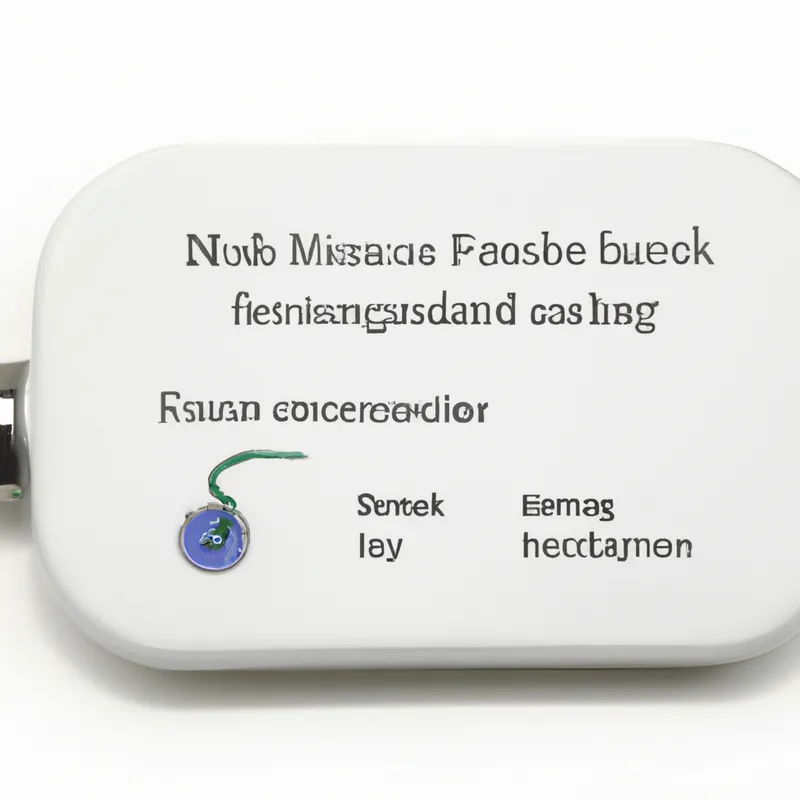Boost Breathing Techniques with EMG Feedback
How EMG Feedback Enhances Breathing Techniques in Yoga
Yoga combines physical postures, mental focus, and breathing techniques. These elements create a harmonious experience. Recently, electromyography (EMG) feedback has emerged as a valuable tool in yoga. This technology provides real-time data about muscle activity. Practitioners can adjust their techniques for better results.
In this blog post, we will explore how EMG feedback improves your yoga practice, focusing on breathing techniques.
Understanding EMG Feedback
EMG feedback measures electrical activity in muscles. It translates this data into visual signals displayed on a screen. Practitioners can see how well they engage various muscles during breathing exercises. This awareness allows yogis to make necessary adjustments and optimize their breathing techniques.
Proper breathing enhances the flow of prana, or life force, throughout the body. With EMG feedback, you can observe muscle responses during different breathing techniques. This insight helps you develop a more effective practice.
Tips for Using EMG Feedback in Yoga
Integrating EMG feedback into your yoga practice can transform your experience. Here are some tips to help you start.
1. Choose the Right Equipment
First, select reliable EMG devices. Look for user-friendly, portable options. Many devices offer Bluetooth connectivity for seamless smartphone integration. This feature makes tracking your progress easier.
2. Start with Basic Breathing Techniques
Begin with foundational breathing exercises. Techniques like diaphragmatic breathing and Ujjayi breath are excellent starting points. Use EMG feedback to monitor muscle activation in your abdomen and diaphragm. This data helps you understand your current capabilities.
3. Analyze Your Data
After your breathing exercises, review the EMG data. Look for patterns in muscle activation. Are you engaging certain muscles too much? Are some muscles underutilized? This analysis guides your practice moving forward.
Advice for Enhancing Breathing Techniques
As you become comfortable with EMG feedback, consider these additional strategies.
1. Set Specific Goals
Establish clear goals for your breathing practice. For example, aim to increase your exhalation duration. Use EMG feedback to track your progress and adjust techniques to reach your objectives.
2. Incorporate Feedback into Asana Practice
Integrate EMG feedback into your asana practice. While holding a pose, focus on your breath. Monitor muscle activity during inhalation and exhalation. This connection enhances overall mindfulness.
3. Seek Guidance from a Teacher
Working with a qualified yoga instructor provides invaluable support. They can offer personalized insights based on your EMG data. This guidance helps refine techniques and deepen your understanding of breath control.
Benefits of EMG Feedback in Yoga
Utilizing EMG feedback offers several benefits in your yoga practice.
1. Improved Muscle Awareness
EMG feedback increases awareness of muscle engagement. This awareness leads to better breath control. You can achieve a deeper connection between breath and movement.
2. Enhanced Breathing Techniques
Monitoring muscle activity reveals areas for improvement. This awareness allows effective adjustments in your techniques. Consequently, you can enhance your breath quality, vital for a successful yoga practice.
3. Greater Mind-Body Connection
EMG feedback fosters a deeper mind-body connection. Understanding muscle responses during breathing cultivates mindfulness. This heightened awareness improves your overall yoga experience, leading to greater relaxation and focus.
4. Personalized Feedback for Growth
Every yoga practitioner is unique. EMG feedback provides personalized insights, allowing growth at your own pace. This tailored approach enhances your journey, making it more rewarding.
Conclusion
Integrating EMG feedback into your yoga practice significantly enhances your breathing techniques. By understanding muscle engagement, you can optimize your breath, improve poses, and deepen mindfulness. Set specific goals, analyze your data, and seek guidance as needed.
Ultimately, EMG feedback equips you with valuable tools for personal growth in yoga. Embrace this technology and watch your breathing techniques flourish.
Below are related products based on this post:
FAQ
What is EMG feedback and how does it work in yoga?
EMG feedback measures electrical activity in muscles and translates this data into visual signals on a screen. In yoga, it allows practitioners to see muscle engagement during breathing exercises, helping them adjust their techniques for improved results.
How can I integrate EMG feedback into my yoga practice?
To integrate EMG feedback, start by choosing reliable, user-friendly equipment. Begin with basic breathing techniques, monitor your muscle activation, analyze the data collected, and set specific goals for your practice. Additionally, consider incorporating this feedback into your asana practice and seek guidance from a qualified instructor.
What are the benefits of using EMG feedback for breathing techniques in yoga?
Utilizing EMG feedback enhances muscle awareness, improves breathing techniques, fosters a greater mind-body connection, and offers personalized insights for growth. This leads to better breath control and mindfulness, ultimately enriching your overall yoga experience.















Post Comment